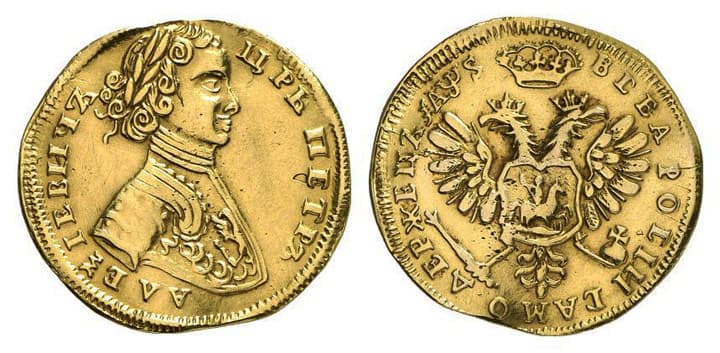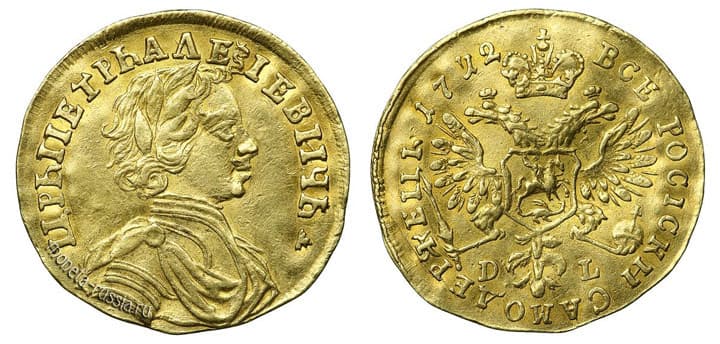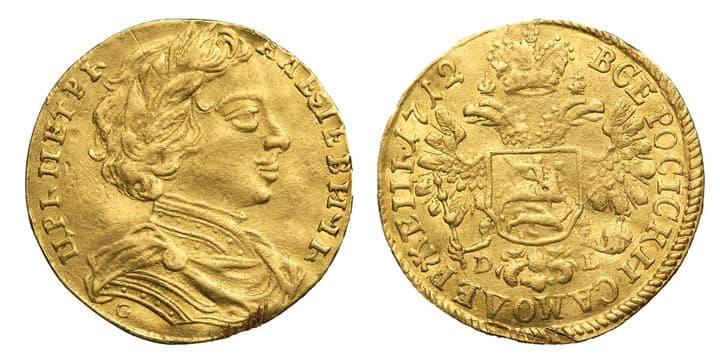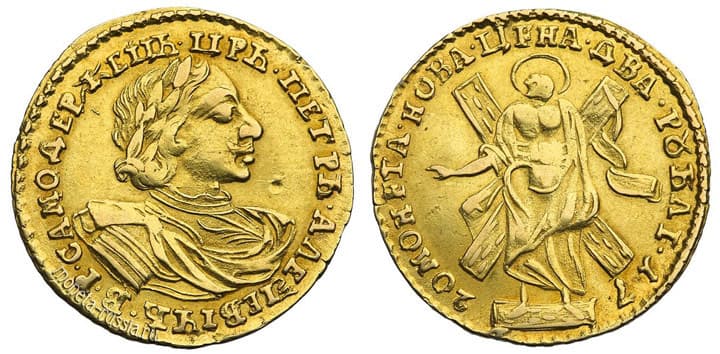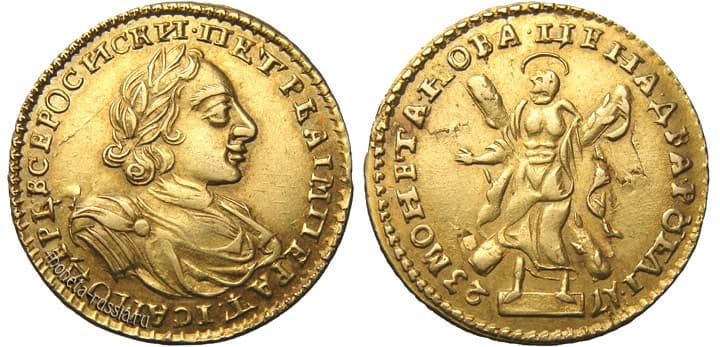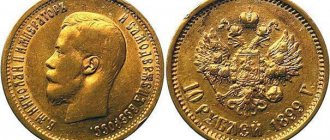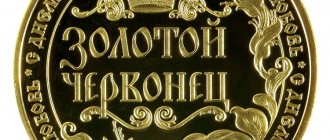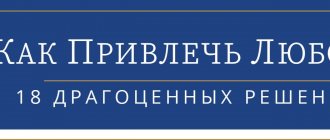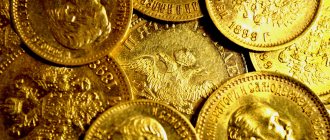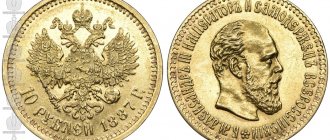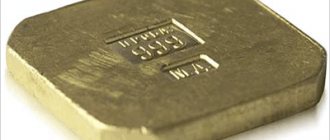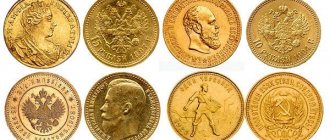We are glad to see you on the pages of our online store for replica coins, medals and other collectibles. The store's activities are aimed at supporting passionate people, helping them choose directions and selecting high-quality collectible material.
Some types of collecting require enormous expenses. Our goal is to offer quality replica collectibles to passionate people at affordable prices. In the category of sets and collections, you can purchase a ready-made collection or a set of coins in bulk at the best prices.
Discounts, promotions and wide range
We will offer guaranteed best deals and a flexible approach to all transactions.
A rich assortment of copies of banknotes, coins, and medals will be a pleasant find for you. Items purchased from us will make your collections more complete and vibrant. A convenient and affordable system of discounts will make your purchase more profitable. The friendly communication of our consultants and the availability of a large assortment will help you make the right choice, and promotions and bonuses will make your purchase more enjoyable. You might be interested in the coin sale.
Only proven reliable manufacturers
To manufacture products, we use only proven, reliable large and small workshops located both in Russia and abroad. All productions undergo preliminary testing, all our customers are insured against any risks. Constantly expanding the range of our offerings, we use professional equipment for minting, modeling and designing copies of coins and medals, all this allows us to regularly offer high-quality and attractive products.
For particularly sophisticated collectors, we are ready to offer interesting offers (products that are as close as possible to the original ones or made in silver or gold), including to order.
Gold coins of Peter 1
Under Peter 1, gold coins were minted into chervonets in the weight of a European ducat (3.4 grams) and double chervonets (6.8 grams) with a portrait of the king and a double-headed eagle. During the reign of Peter 1, 35 thousand chervonets were produced. A gold ruble was also minted for gifts during christenings, which were attended by the Tsar.
Embossing of single and double red coins began at the Admiralty Kadashevsky yard in 1701. The raw material was “box-shaped” gold coming from China. The decree of January 25, 1712 prescribes the production of 118 - 119 pieces of red gold (or 59 double) from a pound of 94/96 gold. Starting this year, their production is being mastered by Red Dvor.
| Chervonets 1701 |
The first gold coins - chervonnye (later chervonetsy) - issued in the footsteps of the European gold ducat, became the successors to the gold rewards of previous reigns. Depending on the ratio of the price of gold and silver, the cost of a red coin in the 18th century varied from 1.2 to 2.3 rubles, so there is no denomination on the coins. Despite the appearance of two-ruble gold coins in 1718, and other denominations of gold coins since 1755, red coins were periodically issued throughout the 18th century. In the 19th century, Russian-Polish 3 rubles-20 zlotys were called chervonets, and then 3 rubles of the 1869 model. The ten-ruble coin began to be called chervonets only in Soviet times.
|
| Chervonets of 1706, remake. |
On the chest of the double-headed eagle of the red coins of 1701 - 1729, unlike the silver and copper ones, the Moscow coat of arms is placed, but without the order chain around the necks. On the reverse side are the red notes of 1710 and 1711. in the beaks and paws of the eagle there are 4 cards as a sign of dominance in the 4 seas (White, Baltic, Caspian and Azov - after the capture of Azov). After the transfer of Azov to the Turks under the Treaty of Prut in 1711, the eagle is again left without maps. The legend on the red notes of 1716 is written in Latin (probably! they were intended for foreign payments).
According to a certificate to the Senate, in June 1712, coin carvers worked in the yards - Fyodor Alekseev, Solomon Gouin with his students Osip Kalashnikov and Ivan Zubkov, and Gottfried Haupt with his student Fyodor Medyntsev.
|
| Chervonets 1712. |
|
| Chervonets 1712, portrait with monogram G (Gouin) in the sleeve trim. |
***
Among the decisive measures of the decree of February 14, 1718, along with changing the stack of silver and copper coins, the two-ruble coin was introduced - the first gold coin with a denomination designation. The established issue rate is 100 pieces per pound of ligature gold 75/96. Thus, the new coin weighs more than a red coin, but has less gold content. From the documents it follows that for the production of two-ruble coins it is not Chinese gold that is used, as for the red ruble coins, but ducats and purchased gold received by the treasury.
|
| Two rubles from 1720. |
After the victory in the Northern War, from 1721, “emperor” was added to Peter’s title (on silver coins, the title change occurs only in 1722). As on silver rubles, from 1723 on two-ruble coins the portrait changed in the style of images of Roman emperors. Due to the figure of the Apostle Andrew the First-Called placed on the reverse side, these coins received the name “Gold St. Andrew”
|
| Two rubles 1723. |
***
Other coins of Peter 1:
- Golden coins
- Peter's rubles
- Fifty dollars
- Half fifty dollars
- Dime
- Altynniki
- Petrovsky kopecks
- Money, half coins of Peter 1
- Copper coin 1718 - 1725
Other sections:
- Coins of the era of Peter 1
- Coins of Catherine 2
- Coins of Alexander 1
- Price table for coins of Nicholas 2
We will promptly collect and ship your orders
Delivery is made worldwide. We have extensive experience working with partners from near and far abroad. When purchasing from us, you can always purchase coins cash on delivery.
For numismatics collectors, we offer copies of coins of the USSR, Russia and foreign coins of various countries. Phaleristics is presented in the category “Medals, orders and awards”. For those who are passionate about bonistics, the category “Banknotes, denominations, bonds” is available. Surely many will be interested in related products and literature on collecting. We also have gifts, souvenirs and much more.
Monetary reform of Peter I. Return of the copper penny
Peter I Alekseevich was nicknamed the Great for his large-scale reforms of the state and social structure. Under the influence of a long journey to the countries of Western Europe, Peter I radically changed Russia, seeking to move from a medieval way of life to a European, more cultural, modern and progressive one. This also affected the existing monetary system. The First All-Russian Emperor, for the first time in world history, introduced a decimal monetary system, to which both Western European powers and North American countries subsequently switched. However, this was not possible right away. Mindful of the consequences of the reform of his father Alexei Mikhailovich Romanov, Pyotr Alekseevich acted more carefully and successfully completed the transformation with a complete abandonment of the old Russian monetary system.
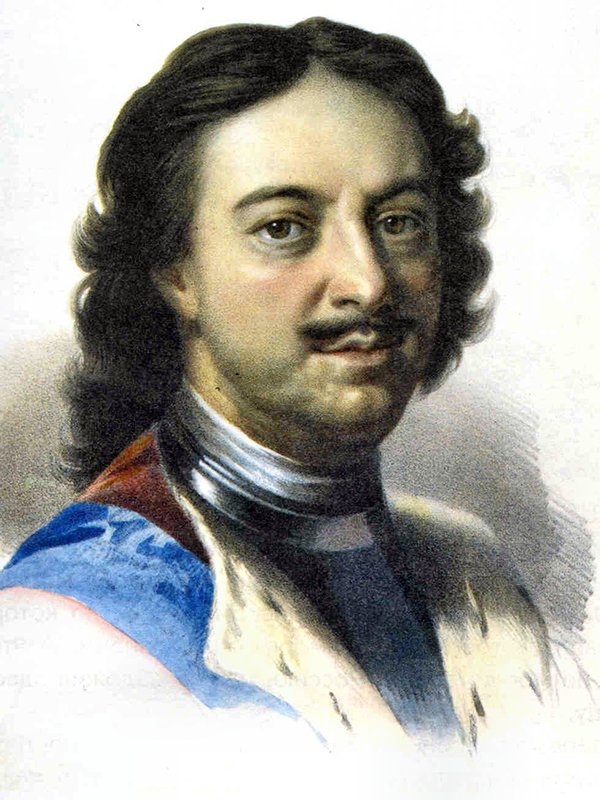
Peter I the Great
During his trip to Europe, Peter I became very interested in the activities of mints. He was greatly impressed by his visit to the English mint in the Tower, the position of caretaker of which was held by Isaac Newton himself. It was then that the future emperor, and at that moment still the Tsar of All Rus', finally decided to abandon hand minting in favor of modern technologies.
So, Peter I was faced with the following tasks:
- Create a sustainable coin circulation system using copper, silver and gold;
- Transfer the coin industry from manual minting to mechanical production;
- Introduce monetary unity for the entire territory of the state, without exceptions for Ukraine and the Baltic states.
- Create an additional source of financing military needs, in particular the conduct of the Northern War, from treasury revenues.
The monetary reform was carried out in several stages from 1699 to 1718. By the beginning of its implementation, the mints were modernized by introducing machine coinage. In 1700, the production of copper coins began. They were not equated to silver, they were minted in strictly the same round shape and had clear images. The well-known small denominations - denga, half and half half - have also returned.
Copper half of Peter I
To overcome people's distrust of coppers, they launched a propaganda and information campaign. In all squares and after services in churches, the royal decree was read out that copper coins were intended for small trade, and the state guaranteed their full equality with silver coins. Leaflets with the text of the decree were hung in public places. At first, copper coins were issued in small quantities so that people, out of old memory, would not rush to hide silver for a “rainy day.” People were sure that copper coins were introduced for the domestic market, while the government was preparing the ground for their painless introduction into circulation.
A year later, the minting of silver coins of larger denominations began: 10 money or 5 kopecks, a ten-kopeck piece (10 kopecks), a half and half a half.
Silver half-ruble of Peter I
Pyotr Alekseevich already knew that the new monetary system would be based on the silver ruble and the copper kopeck, but did not rush things so as not to repeat the fate of the rubles - efimki and not to provoke new uprisings.
In addition, golden chervonets appeared, equal in weight and size to the Dutch ducat - 3.4 grams. For the first time, gold coins were intended to be used as payment rather than as reward. Double chervonets, twice as heavy as a ducat, and gold 2 rubles, weighing exactly 4 grams, were also introduced. On the chervonets, a portrait of the Tsar was minted on the obverse, and the State Emblem (double-headed eagle) was minted on the reverse. The portrait of the king was also located on the front side of the two-ruble coins, but the reverse side, instead of the coat of arms, was decorated with the image of the Holy Apostle Andrew the First-Called and the denomination “2 rubles”. People called the two-ruble gold coins “Andreevsky gold coins.” Needless to say, no one was afraid of gold, and the coins were received with a bang.
Two-ruble gold coin of Peter I
In 1704, the silver ruble and copper kopek were introduced to the population. The Petrovsky ruble fully corresponded to the European thaler in terms of weight characteristics and was equal in weight value of the metal to 100 kopecks, and not 64, as in the previous attempt. But thalers were still used as blanks back then, from which the original images were knocked off. The new copper penny, decorated with the image of a horseman, weighed more than 8 grams and looked much better than the silver “scale.” It was assumed that this would inspire confidence among the population in the coming changes.
Silver ruble 1704
Meanwhile, the silver penny has not yet been withdrawn from the game, and the volume of production has not even been reduced in order to prevent unrest. In 1718, by royal decree, the production of copper and silver kopecks was prohibited. The population was not alarmed by this, apparently unaware of the true reasons for such a move. The government led by Peter the Great did not at all plan to get rid of the beloved penny; the right moment was needed to stop the production of silver coins.
In 1723, a copper five-kopeck coin was introduced into circulation, and in 1724, a copper penny returned to circulation.
Copper penny 1724
As a result, by the end of the reform, all monetary diversity was reduced to an increasing hierarchical sequence from copper coins to gold ones.
The monetary reform of Pyotr Alekseevich is a stunning example of how masterfully and without popular unrest global reforms can be carried out not in favor of the population, while strengthening confidence in the tsarist government. The reform took more than two decades. As a result, the empire received world-class coins and a flexible decimal monetary system that Western countries only mastered by the end of the century.
It was also extremely important to strengthen the authority of the autocratic government through the minted portrait of the emperor on coins. The ruble finally became the main unit for large payments, and the kopeck for small ones.
The next changes to the monetary system occurred already during the reign of Catherine II, who introduced the first paper money into circulation.
We have big plans
Having been manufacturing replica coins for more than 10 years, we strive for excellence, implement interesting and complex projects, and set ambitious plans for ourselves.
The online store SUPERmonetki.ru is aimed at people who want to learn about history, memorable events, heroes of their country and individuals.
Explore our store's offerings and create your own collection of rare and commemorative coins. We hope that with our help, your passion for numismatics will bring you a lot of positive emotions.
Thank you for being with us.
| Golden Chervonets 1742-1757 (Elizabeth) | ||||||||||
| № | Year | Yard | Option | Circulation | Bridle | Petrov | Bitkin | Ilyin | VF | XF |
| 1 | 1742 | b/b | Eagle on the reverse | 4721 | ➖ | 75 | R2 | 50 | 1.600.000 | 3.400.000 |
| 2 | 1743 | b/b | Eagle on the reverse | 2823 | ➖ | R4 | 300 | 3.200.000 | 6.500.000 | |
| 3 | 1744 | b/b | Eagle on the reverse | 14.7t | ∸ | 50 | R2 | 40 | 1.000.000 | 2.000.000 |
| 4 | 1746 | b/b | Eagle on the reverse | 489 | !! | 1000 | R4 | 300 | 4.000.000 | 7.500.000 |
| 5 | 1747 | b/b | Eagle on the reverse | 16.6t | ➗ | 100 | R3 | 150 | 2.000.000 | 3.900.000 |
| 6 | 1748 | b/b | Eagle on the reverse | 17t | • | 25 | R1 | 20 | 750.000 | 1.900.000 |
| 7 | 1749 | b/b | On the reverse there is an eagle, AVG.I | 6041 | ➗ | 75 | R2 | 50 | 1.800.000 | 3.500.000 |
| 8 | b/b | On the reverse: St. Andrew | 3000 | ➗ | 80 | R2 | 50 | 1.000.000 | 2.500.000 | |
| 9 | b/b | On the reverse: St. Andrew, AUG.I | ➗ | 100 | R2 | 50 | 1.100.000 | 2.800.000 | ||
| 10 | 1751 | b/b | On the reverse there is an eagle, MAR.13 | ➖ | 60 | R2 | 40 | 900.000 | 2.000.000 | |
| 11 | b/b | On the reverse there is an eagle, APRIL | ➗ | 80 | R2 | 60 | 1.800.000 | 3.600.000 | ||
| 12 | b/b | On the reverse: St. Andrew, MARCH | 400 | ➗ | 200 | R3 | 100 | 3.000.000 | 7.000.000 | |
| 13 | b/b | On the reverse: St. Andrew, MAR.13 | 7600 | ∸ | 60 | R2 | 30 | 900.000 | 2.200.000 | |
| 14 | b/b | On the reverse: St. Andrew, APRIL: | 8382 | ∸ | 75 | R2 | 30 | 900.000 | 2.300.000 | |
| 15 | 1752 | b/b | On the reverse there is an eagle, NOV.3 | ➖ | 60 | R2 | 35 | 900.000 | 2.300.000 | |
| 16 | b/b | On the reverse: St. Andrew, NOVEMBER 3 | 9398 | ➖ | 60 | R2 | 35 | 900.000 | 2.300.000 | |
| 17 | 1753 | b/b | On the reverse there is an eagle, FEBRUARY 5 | ➗ | 75 | R2 | 50 | 1.700.000 | 4.000.000 | |
| 18 | b/b | On the reverse: St. Andrew, FEBRUARY 5 | 18.8t | ➖ | 50 | R2 | 30 | 900.000 | 2.100.000 | |
| 19 | 1757 | St. Petersburg | On the reverse there is an eagle, a cord-like edge | 120.7t | ➖ | 35 | R1 | 20 | 850.000 | 1.900.000 |
1742-1748: Metal: 969 gold, edge: smooth, diameter: 20-23 mm, weight: 3.47 g. 1749-1756: Metal: 986 gold, edge: smooth, diameter: 20-23 mm, weight: 3.47 g. 1757: Metal: 979 gold, edge: smooth, diameter: 20-23 mm, weight: 3.47 g.
| Chervonets 1749 On the reverse is an Eagle | Chervonets 1753, on the reverse St. Andrew, under the line the inscription “FEB.5” |
1762: Metal: 979 gold, edge: cord-shaped, diameter: 20 mm, weight: 3.47 g. | |||||||||||||||||||||||||||||||||||||||||||
Metal: 979 gold, edge: cord-shaped, diameter: 21 mm, weight: 3.47 g. | |||||||||||||||||||||||||||||||||||||||||||
| Chervonets 1763.1766 Portrait of Catherine II With a scarf around her neck | Chervonets 1796 Portrait of Catherine II Without a scarf around her neck |
Metal: 986 gold, edge: cord-shaped, diameter: 21 mm, weight: 3.47 g. | |||||||||||||||||||||||||||||
| Golden Chervonets 1796 BM | Golden Chervonets 1797 |
